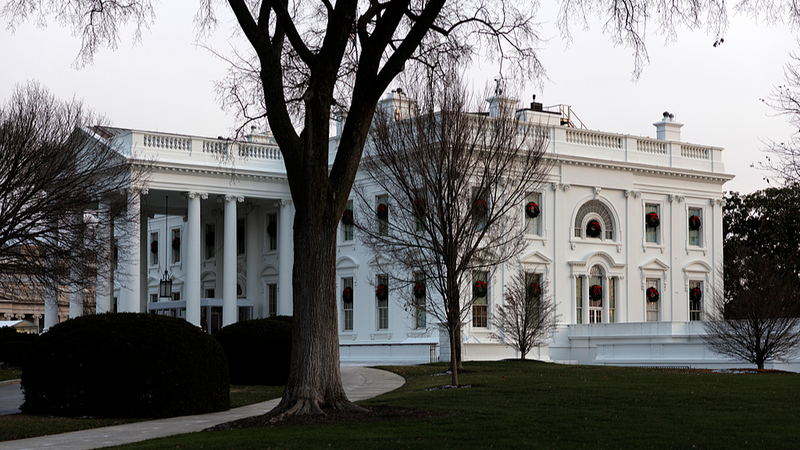Israel and Hamas have completed their sixth round of hostage-prisoner exchanges, but the fragile ceasefire in Gaza remains under significant threat. 🇵🇸🇮🇱
In this latest swap, Israel released 369 Palestinian detainees in exchange for three hostages freed by Hamas. However, tensions are rising as ceasefire negotiations stall and U.S. proposals for Gaza's future spark controversy.
Hamas has accused Israel of violating the agreement by delaying aid and restricting Palestinians from returning to northern Gaza, exacerbating the already tense situation.
The ceasefire, which began on January 19, has so far led to the release of 21 hostages and over 730 Palestinian prisoners. But the stability of this truce is now in jeopardy.
Adding to the complexity, U.S. President Donald Trump has made controversial remarks about Gaza's future, suggesting that the U.S. should take control of the region and forcibly displace its Palestinian population. These statements have been met with international outrage, with Hamas calling it \"ethnic cleansing.\" 😟
Jordan's King Abdullah II rejected Trump's proposal during a recent White House meeting, and United Nations experts warned that forced displacement would violate international law. Despite the backlash, Trump envisions transforming Gaza into \"the Riviera of the Middle East\" under U.S. oversight, a plan that has drawn criticism from Arab leaders who argue it diverts attention from Gaza's urgent humanitarian needs.
Trump has also escalated tensions by threatening to cancel the entire ceasefire if all hostages—approximately 70 in total—are not freed by a past deadline. Hamas swiftly dismissed this threat, emphasizing that both parties must respect the ceasefire agreement to achieve progress.
\"Trump must remember there is an agreement that must be respected by both parties. This is the only way to bring back prisoners. The language of threats has no value; it only complicates matters,\" said Hamas spokesman Sami Abu Zuhri.
Many analysts believe Trump's hardline stance is further complicating delicate negotiations, potentially pushing both Israel and Hamas to solidify their positions. The current uncertainty, combined with shifting political dynamics in Israel, casts doubt on whether the ceasefire can hold long enough to reach a sustainable peace agreement.
Originally brokered by Egypt, Qatar, and the U.S., the ceasefire involves a three-phase plan: a six-week pause for hostage releases, negotiations for a permanent truce and full Israeli withdrawal, and the reconstruction of Gaza. While the first phase has seen increased aid shipments, humanitarian groups warn that shortages of food, medical supplies, and shelter remain widespread.
The second phase has become a major sticking point, with Israel demanding the \"de-militarization\" of Gaza and maintaining security control, while Hamas insists on a full Israeli withdrawal and an end to the blockade. This impasse has hindered further progress, prolonging the region's suffering.
\"The (ceasefire) agreement is very vague, and there are a lot of places where Israel can – and will – maneuver its way out of it,\" said Diana Buttu, a Palestinian legal scholar and former negotiator with the Palestinian Liberation Organization.
Reference(s):
Gaza ceasefire remains under threat after 6th hostage-prisoner swap
cgtn.com



